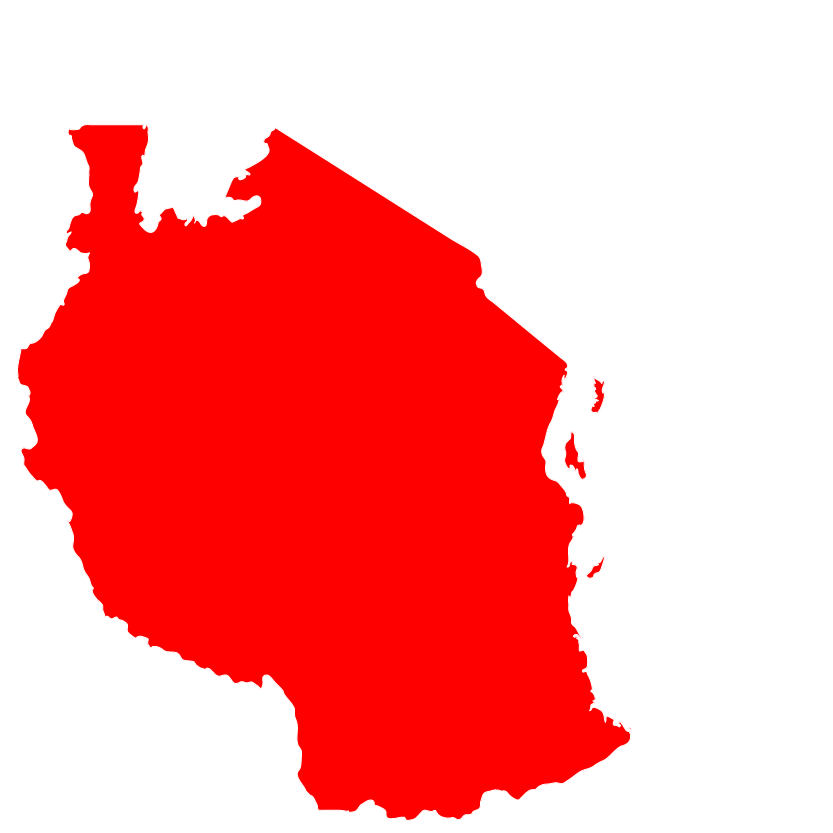Since April 29, Rio Grande do Sul, in southern Brazil, has experienced heavy rains that flooded 452 municipalities. As of 15 May 2024, these floods have affected more than two million people, where 538,126 displaced with 76,588 in shelters, about 806 have been injured, 149 confirmed deaths, and 108 missing persons (Civil Defense Bulletin of the State of Rio Grande do Sul. Issued on the 15th of May 2024).
In Porto Alegre, the Metropolitan Region, and the Vale do Rio Pardo, heavy and constant rains began in early May, prompting public authorities to declare a state of public calamity on 2nd May. The situation worsened on May 13, with a resurgence of rains and rising river levels, leading to the evacuation of many who had returned to their homes. Porto Alegre, with 1.3 million inhabitants, has 157,000 affected people.
This flood is the largest in the history of Rio Grande do Sul. By Monday, May 13, rainfall in Porto Alegre reached 341.7 millimeters for the month, exceeding the average May rainfall of 113 millimeters (National Institute of Meteorology Inmet). According to the Universidade Federal do Rio Grande do Sul (UFGRS), the main concern at the moment is the further rise in levels due to rainfall and wind effects. All scenarios projected by the Institute of Hydraulic Research (IPH-UFGRS) for the next week indicate a prolonged rise in the Guaíba’s water levels, with a subsequent peak expected to exceed 5 meters.
The economic impact is significant, characterized by substantial damage to critical infrastructure and disruptions to food and water distribution systems. Over a million households are currently experiencing water shortages, and the isolation of Porto Alegre poses a threat to agriculture, which is vital to the state’s economy. Authorities have issued warnings of imminent food shortages and price increase that could have ripple effects across the nation. Please see the infographic of this disaster on https://reliefweb.int/report/brazil/maior-catastrofe-climatica-do-rs-abril-maio-de-2024-pt
Communities are devastated. The affected population has lost their homes, belongings, and livelihoods. Among the most affected populations are women from solidarity economic enterprises and their families, the majority of whom are women who already lived communities deeply affected by economic and social inequalities and in high-risk areas. 2,500 informal recyclable waste collectors, including women, lost their livelihood due to the floods in the Metropolitan Region of Porto Alegre and the Vale do Rio dos Sinos. Many of them had their homes, which are also their workspaces, completely flooded and left in a hurry, leaving everything behind.
Households dependent on family and agroecological farming have had their properties flooded, losing production, many animals, and machinery, mainly in the Vale do Rio Pardo region. In quilombola communities (communities of descendants of Afro-Brazilian slaves who escaped from slavery in colonial Brazil and formed their own settlements), the situation is serious. Many are still stranded, without access to water, energy, and food. In the Machado Quilombo and the Quilombola Front of Rio Grande do Sul, a quilombola leader categorically stated that “97% of the area is a total loss.”
For this emergency, the Lutheran Foundation for Diaconia (FLD) is seeking, jointly with community associations, to provide direct emergency response to 500 families (over 2,500 people) in the sectors of food security (delivery of food items), WASH (delivery of cleaning and hygiene products), and Community-based Psychosocial Support (CBPS). As a context, a humanitarian corridor has been established in the city to transport essential items such as food, water, and medicine. Access to the humanitarian corridor for transporting food and essential items is granted to community associations, in coordination with the municipality. This enables the identification of the most needed items and ensures their delivery to the affected population, including the most vulnerable.
